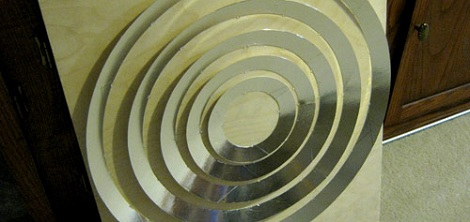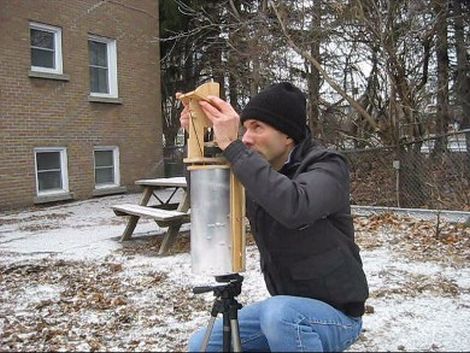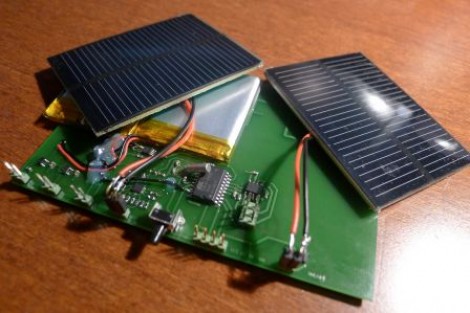
There is no shortage of government and entertainment-related agencies chomping at the bit to shut down the Pirate Bay for good. While the group has not suffered a permanent service ending raid like [Kim Dotcom] and the Megaupload crew, they are always thinking up novel ways to ensure that the site can endure whatever law enforcement throws at them.
In a recent blog post, representatives from the group unveiled plans to put their front line servers in the clouds, courtesy of custom-made autonomous drones called “Low Orbit Server Stations.” The project is in its infancy, but the general idea is to mount small computers like the Raspberry Pi on GPS-controlled drones kept aloft 24×7 (presumably) using solar energy. These drones would communicate with clients on the ground via radio transmitters which they state can provide a “100Mbps node up to 50km away”.
Calling the claims grandiose would be an understatement, but then again the Pirate Bay has proven to be a difficult organization to quash in any substantial way, so only time will tell.
[via The Daily What – Thanks, roboman2444]
















